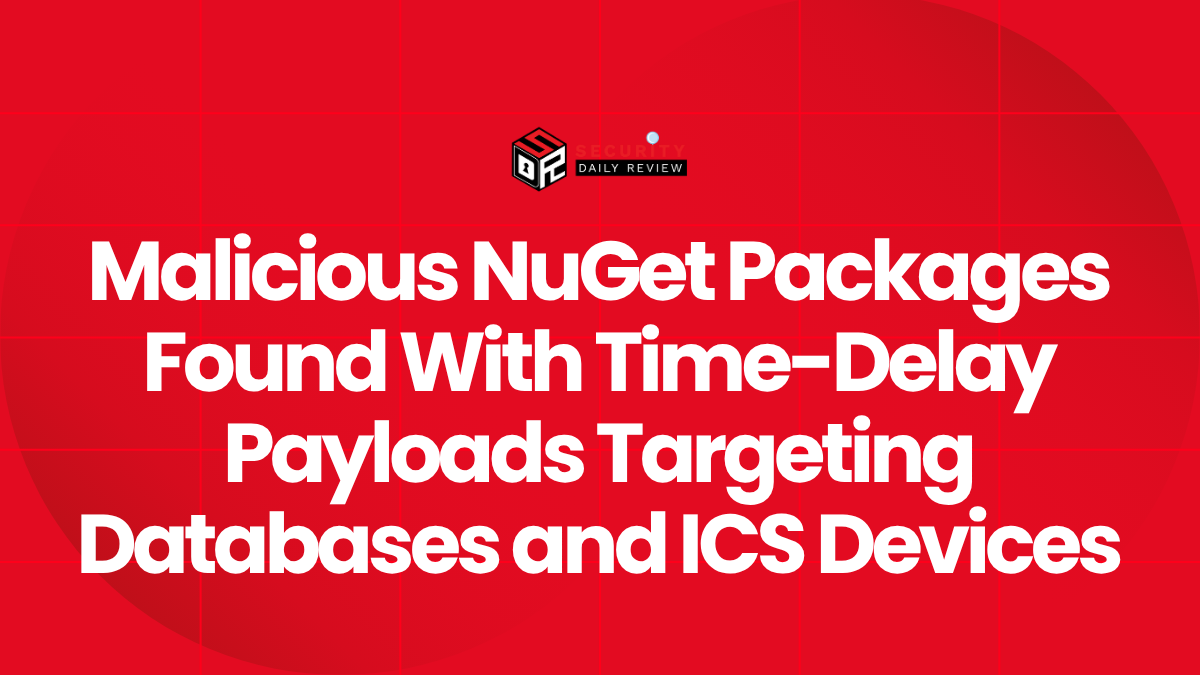In a stark reminder of the persistent threat posed by sophisticated mobile spyware campaigns, cybersecurity researchers have revealed the exploitation of a now-patched Samsung Galaxy vulnerability to deploy surveillance malware known as LANDFALL. The flaw, designated CVE-2025-21042, carried a critical Common Vulnerability Scoring System (CVSS) rating of 8.8 and was abused as a zero-day in targeted operations across the Middle East.
The campaign demonstrates not only the capability of state-affiliated or highly resourced threat actors to weaponize mobile vulnerabilities but also the significant security implications such zero-days pose in geopolitical contexts.
High-Severity Flaw Enabled Privilege Escalation
Researchers traced exploitation to a Samsung-specific driver vulnerability.
CVE-2025-21042 is a privilege escalation vulnerability that resides in a component found within Samsung Galaxy devices. Specifically, the issue stems from a flaw in a Samsung kernel driver that fails to validate inputs correctly, thereby permitting attackers to execute arbitrary code in kernel mode.
This vulnerability offered attackers a high level of control over impacted devices, significantly lowering the barriers to advanced exploitation techniques:
- It enabled attackers to elevate privileges and bypass key operating system protections.
- Remote threat actors could use the exploit in conjunction with other vulnerabilities to achieve full system compromise.
- It was actively exploited before the release of a fix, qualifying it as a true zero-day vulnerability.
According to Unit 42, the threat intelligence division of Palo Alto Networks, exploitation of the flaw began well before Samsung distributed the security patch that closed the gap.
LANDFALL Spyware: A Mobile Espionage Tool
The malware exhibits capabilities consistent with nation-state surveillance operations.
The spyware delivered via CVE-2025-21042 is known as LANDFALL. While details on the spyware’s full feature set remain under analysis, initial findings suggest it is tailored for covert data collection:
- LANDFALL can exfiltrate sensitive user data, including call logs, messages, and location information.
- It leverages covert communication channels that reduce detection by conventional mobile security tools.
- Its deployment patterns reflect surgical, region-specific targeting—focusing on devices used by individuals in the Middle East.
Researchers note that the precision and sophistication of the malware, combined with its use in a zero-day chain, strongly indicate the involvement of a well-resourced threat actor—likely with strategic intelligence-gathering motives.
Samsung’s Swift Response and Patch Availability
The vulnerability was addressed quietly in routine security bulletins.
Samsung responded to the issue through its monthly security update process. A patch for CVE-2025-21042 was included in the company’s April or May 2024 security bulletins, although the exploitation was only recently disclosed publicly.
The fix closes the attack vector by amending the kernel driver’s input validation routines, mitigating the privilege escalation risk. Samsung users are strongly advised to:
- Apply the latest firmware and security updates immediately if they have not already done so.
- Enable automatic updates to ensure future vulnerabilities are remediated promptly.
- Monitor unusual device behavior that could be indicative of deeper compromise.
Wider Implications for Mobile Threat Defense
This incident underscores the strategic value of mobile zero-days.
The CVE-2025-21042 and LANDFALL campaign underscores a key trend: mobile devices are no longer peripheral targets but central nodes in modern surveillance operations. The use of spyware tools like LANDFALL takes advantage of:
- The high-value nature of information stored on personal mobile devices.
- Difficulties in detecting root-level mobile compromises using standard antivirus or endpoint detection tools.
- The lag between exploitation and public disclosure or patching of mobile zero-days.
Given the limited forensic capabilities available to most smartphone users, such attacks could persist undetected for significant periods—especially in authoritarian regimes or conflict zones where monitoring is less likely to be flagged by victims or civil society watchdogs.
Cybersecurity professionals should consider such campaigns a call to:
- Enhance mobile incident response and threat hunting capabilities.
- Advocate for more transparent security disclosures from manufacturers.
- Incorporate mobile device telemetry into enterprise monitoring frameworks.
Conclusion: Targeted Attacks Demand Proactive Mitigation
The exploitation of CVE-2025-21042 to distribute LANDFALL spyware illustrates the widening attack surface in mobile ecosystems. For Samsung Galaxy users in the Middle East, the campaign represents both a direct invasion of privacy and a notable evolution in cyber-espionage tactics.
Vigilance, device hygiene, and timely patching remain non-negotiable. This case serves as further evidence that mobile platforms require the same scrutiny and protection level as traditional desktops or networks, particularly when vulnerable drivers and components become conduits for advanced persistent threats.









